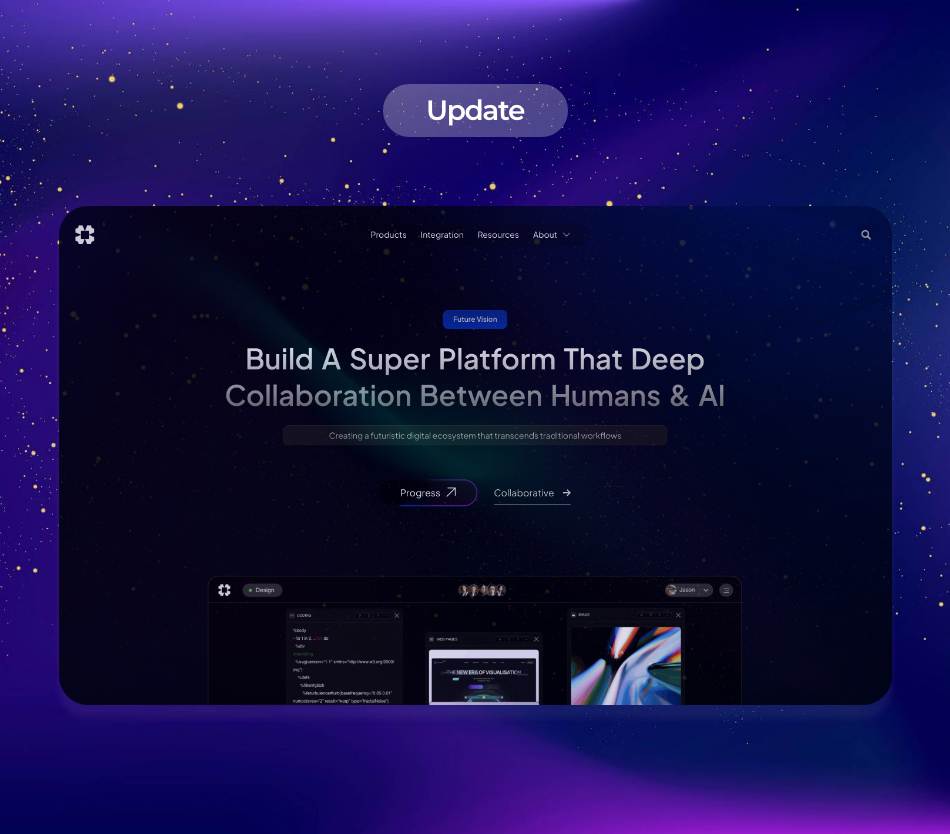In an industry characterized by complexity and constant change, logistics is at the forefront of technological innovation. Intelligent automation and predictive analytics are reshaping supply chain management and logistics operations. This article explores the latest trends, solutions, and applications of these technologies in logistics, highlighting how they are enhancing efficiency, reducing costs, and driving smarter decision-making.
Intelligent automation involves the integration of robotic process automation (RPA), artificial intelligence (AI), and machine learning in logistical processes. By automating repetitive tasks, businesses can free up human resources for more strategic activities. According to a report by McKinsey, logistics companies that adopt intelligent automation can expect to see productivity improvements of 20-30%. This significant boost is primarily due to reduced lead times, minimized errors, and increased operational efficiency.
.
A prime example of intelligent automation in logistics is warehouse automation. Automated Guided Vehicles (AGVs) and robotic picking systems are increasingly deployed in warehouses to manage inventory and fulfill orders. These systems optimize space utilization by working 24/7 and significantly increase order accuracy. Companies like Amazon have already leveraged such technology to streamline their operations, reducing the time taken to fulfill orders and simultaneously enhancing customer satisfaction.
.
Predictive analytics is another game-changer in logistics. By analyzing vast amounts of historical data, companies can forecast demand trends, evaluate potential supply chain disruptions, and optimize inventory levels. According to a study by Gartner, organizations that utilize predictive analytics can improve their forecast accuracy by 25%. This level of accuracy enables businesses to make informed decisions that ultimately lead to reduced costs and improved service levels.
.
The use of predictive analytics is particularly evident in demand forecasting. For example, companies can analyze seasonal trends, economic indicators, and even social media activity to predict demand shifts. By applying these insights, logistics companies can adjust their inventory levels and transportation strategies accordingly, minimizing the risk of stockouts or excess inventory. A leading leader in this field is UPS, which employs predictive analytics to optimize delivery routes and schedules, thereby reducing fuel consumption and improving service efficiency.
.
In addition to enhancing operational efficiency, intelligent automation and predictive analytics also play a critical role in risk management. By leveraging data analytics, businesses can identify potential issues before they escalate, allowing for proactive measures. For example, by analyzing transportation data, companies can identify patterns that indicate potential disruptions due to weather or other factors, enabling them to adjust routes and schedules proactively.
.
Moreover, the integration of AI into logistics has resulted in the emergence of innovative solutions that enable real-time visibility across the supply chain. AI-powered platforms can analyze data from various sources—such as IoT devices, GPS trackers, and social media feeds—to provide businesses with insights into their supply chain’s performance. This level of visibility allows companies to respond swiftly to unexpected challenges, thereby enhancing customer satisfaction.
.
Several industries are reaping the benefits of intelligent automation and predictive analytics. Retail, for instance, has seen significant transformation in its logistics operations. E-commerce giants are embracing these technologies to efficiently manage their vast supply networks. By automating inventory management and leveraging predictive analytics for demand forecasting, retail companies can ensure they meet customer expectations while optimizing costs.
.
The pharmaceutical industry is another sector where these technologies shine. Accurate and timely logistics are critical in this field, especially given the sensitivity of many medical products. Intelligent automation can track inventory in real time, ensuring that expiration dates are adhered to and preventing costly wastage. Predictive analytics allows pharmaceutical companies to anticipate demand shifts—such as during a public health crisis—ensuring that essential medicines are available where they are needed most.
.
Technical insights reveal that the implementation of intelligent automation and predictive analytics requires a sophisticated understanding of data architecture and analytics tools. Organizations looking to adopt these technologies must invest in robust data management systems that enable them to collect, store, and analyze vast datasets. Advanced machine learning algorithms are essential for processing this data and deriving actionable insights.
.
Moreover, collaboration with technology partners is vital for logistics companies looking to implement these solutions. Integrating AI and analytics into existing systems often necessitates expertise in both logistics operations and technology. Partnerships with tech firms that specialize in AI and automation can facilitate smoother transitions and more impactful outcomes.
.
As we delve deeper into 2023 and beyond, the convergence of intelligent automation and predictive analytics will continue to evolve. Industry leaders are already exploring advanced applications, such as autonomous delivery vehicles and drones. These innovations promise to further optimize delivery processes and enhance customer engagement, setting the stage for a more efficient and responsive logistics landscape.
.
In conclusion, intelligent automation and predictive analytics are redefining the logistics industry. As organizations adopt these technologies, they are reaping the benefits of enhanced efficiency, risk management, and customer satisfaction. The case studies and trends discussed in this article showcase the transformative potential of these solutions. Moving forward, companies that leverage intelligent automation and predictive analytics will not only improve their operational performance but will also gain a competitive edge in an ever-evolving market.
.
**Sources**:
1. McKinsey & Company. (2020). The state of automation in logistics.
2. Gartner. (2021). Use of predictive analytics in demand forecasting.
3. UPS. (2021). Creating efficiencies with predictive analytics.
4. Amazon. (2022). The future of warehousing: Automation in logistics.
5. Industry reports on Logistics and Supply Chains, 2023.

























